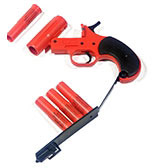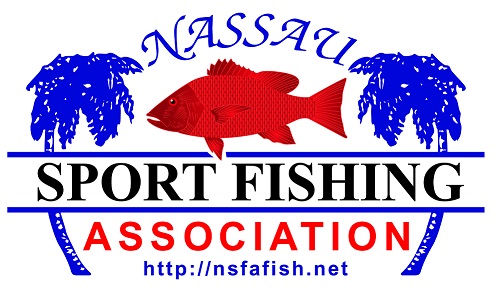The requirement to carry visual distress signals for recreational boaters states that all boats when used on coastal waters, which includes the Great Lakes, the territorial seas and those waters directly connected to the Great Lakes and the territorial seas, up to a point where the waters are less than two miles wide, and boats owned in the United States when operating on the high seas to be equipped with visual distress signals. There are just a handful of exceptions so you should always check your state regulations to be certain you comply.
Regardless of exemptions, all boaters should be able to signal for help. Boaters must have current dated US Coast Guard-approved day and night signals for all boats operating on coastal and open bodies of water. Federal requirements are as follows:
For boats under 16’ in length: Distress signals are only required when operating between sunset and sunrise. If operating at night, one electric distress light or three combination day/night red flares are required.
For boats 16’ in length or greater: One orange distress flag and one electric distress light –or- three handheld or floating orange smoke signals and one electric distress light –or- three combination day/night red flares; handheld, meteor or parachute type.
What’s Right for You?
 All distress signaling devices have both advantages and disadvantages. The most popular, because of cost, are probably the smaller pyrotechnic devices. Pyrotechnics make excellent distress signals, universally recognized as such, but they have the drawback that they can be used only once. Additionally, there is a potential for both injury and property damage if not properly handled. Pyrotechnics devices have a very hot flame, and slag (molten discharge) can cause burns and ignite material that burns easily. Projected devices, such as pistol launched and hand-held parachute flares and meteor flares, have many of the same characteristics of a firearm and must be handled with the same caution and respect. The very best flares available in terms of brightness and duration are labeled SOLAS which go above and beyond US Coast Guard minimums.
All distress signaling devices have both advantages and disadvantages. The most popular, because of cost, are probably the smaller pyrotechnic devices. Pyrotechnics make excellent distress signals, universally recognized as such, but they have the drawback that they can be used only once. Additionally, there is a potential for both injury and property damage if not properly handled. Pyrotechnics devices have a very hot flame, and slag (molten discharge) can cause burns and ignite material that burns easily. Projected devices, such as pistol launched and hand-held parachute flares and meteor flares, have many of the same characteristics of a firearm and must be handled with the same caution and respect. The very best flares available in terms of brightness and duration are labeled SOLAS which go above and beyond US Coast Guard minimums.
What if you see a Visual Distress Signal given off by another vessel?

The unwritten law of the sea requires that a mariner come to the aid of a mariner in distress. Therefore, should you see a distress signal, immediate and positive action should be taken. Notify the nearest Coast Guard station or State authority by radio. Channel 9 on CB and Channel 16 on VHF marine radio (156.8 MHz) are recognized distress channels. If you can assist the stricken vessel without endangering yourself, you should. The Federal Boat Safety Act of 1971 contains a "Good Samaritan" clause stating: "Any person ....who gratuitously and in good faith renders assistance at the scene of a vessel collision, accident, or other casualty without objection of any person assisted, shall not be held liable for any act or omission in providing or arranging salvage, towage, medical treatment, or other assistance where the assisting person acts as an ordinary, reasonably prudent man or woman would have acted under the same or similar circumstances."

